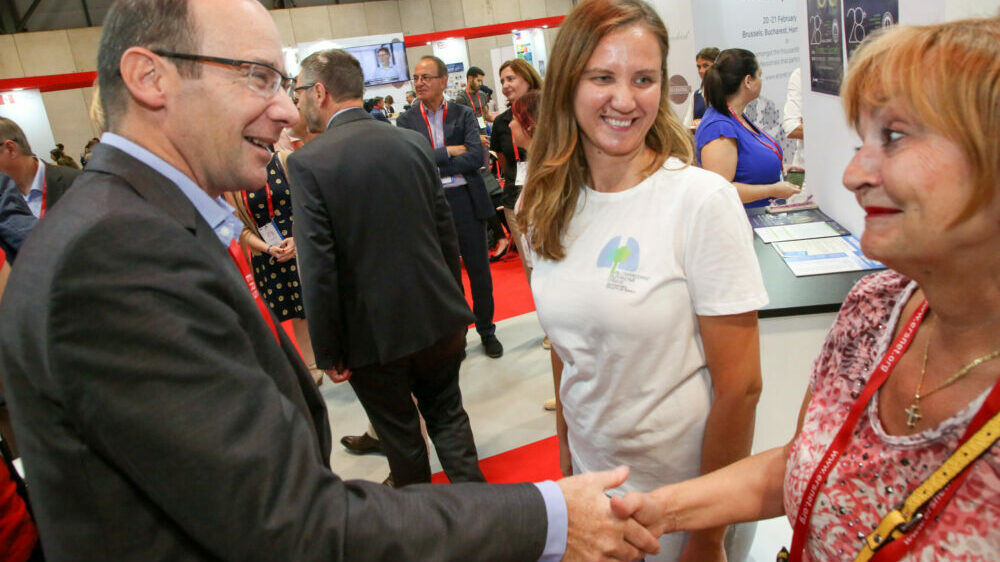
The Society
More than 35,000 clinicians, scientists and allied health professionals from over 160 countries are part of the ERS community
Become an ERS member







Home The Society Assemblies and Groups ERS Assembly 3: Basic and translational sciences
Home The Society Assemblies and Groups ERS Assembly 3: Basic and translational sciences
Group 03.01
Chair: Audrey Joannes
Secretary: Sukhwinder Sohal
The objectives of this Group are to make progress in the understanding of various mechanisms involved in lung biology (including lung development) and lung pathophysiology. Its organisation is dedicated to bringing together basic research and clinical investigation.
Its aim is to provide new developments at the cellular and molecular levels and new approaches for the diagnosis, treatment and prevention of respiratory diseases.
Group 03.02
Chair: Suzanne Cloonan
Secretary: Anne M. van der Does
This Group offers a platform for scientists studying the cell and molecular biology of the respiratory tract in health, disease and development. A major focus of our Group includes understanding airway epithelial and inflammatory cells and the roles they play in innate host defence.
There is a special emphasis on mechanisms related to intracellular function (cell signalling, gene expression) and cell secretion (cytokines, antimicrobial peptides, oxidants and proteases) and how these become altered in disease processes. The overarching goal of our research efforts is to decrease morbidity and mortality associated with respiratory disorders.
Group 03.03
Chair: Nahal Mansouri
Secretary: Niki Ubags
The lung injury section of this Assembly brings together members who are interested in the cellular and molecular basis of injury to the lungs and new approaches to treatment for lung injury.
Its members are interested in the mechanisms of disease related to acute lung injury (e.g. ARDS), fibrotic reactions, injury created by host-pathogen interactions, drug-induced lung injury and other mechanisms of acute and chronic lung injury, and this Group includes clinicians, clinician/investigators and basic scientists who share these common interests.
You can join this assembly by selecting it as your main group or one of your optional groups in myERS. Only ERS members can join this assembly. Selections can be changed at any time.
Join the Basic and translational sciences assembly

